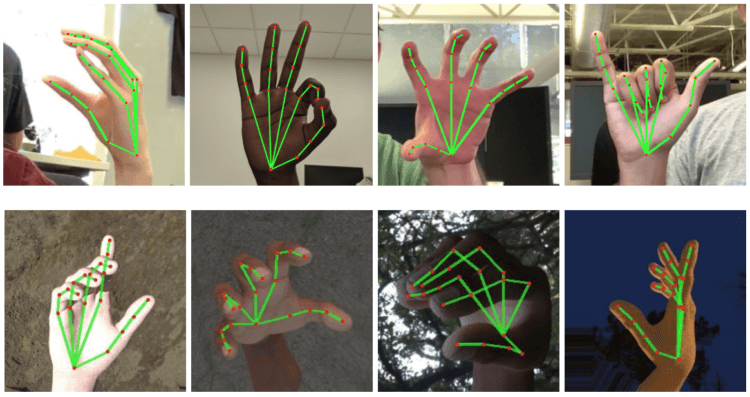It is most likely impossible to create an ideal translator who could truly understand the context and not look for literal analogs in the language, but could compose a literary translation. At least at this stage of technology development, for sure. Nevertheless, Google has been working for a long time to improve its own service, either teaching it simultaneous translation, or helping it to teach users foreign languages. But if everything is more or less in order with the verbal languages at Google Translate, then until recently the search giant did not know how to deal with non-verbal languages.

Sign language translation may become a regular feature of 'Google Translate'
Sign language in 'Google Translate'

Sign language recognizes artificial intelligence, but not yet good enough to make it part of 'Google Translate'
Google is working on technology to translate sign language into speech. This will be done by artificial intelligence, which uses a camera to read hand gestures, recognizes them, and then presents them in writing. Thus, the search giant wants to facilitate communication between deaf and dumb people and people with good hearing, with the gift of speech, as this will erase the boundaries in their interaction with each other, which would be simply impossible under normal conditions.
At this stage of development, artificial intelligence, which is responsible for the interpretation of non-verbal language, recognizes not so many gestures and does not know the languages of the deaf and dumb. Now these are mainly gestures of expressing approval, agreement or keeping a score of up to five – according to the number of fingers on a person's hand. However, in the future, it is planned to improve the recognition technology and make 'Google Translate' a truly inclusive service, which is quite relevant in the current environment.
Sign language translation
“We plan to expand the capabilities of this technology with more reliable and advanced tracking tools and increase the number of gestures that can be recognized and interpreted. In addition, our plans include teaching artificial intelligence to recognize dynamic gestures that change sequentially one after the other and indicate some statements. We believe that open access to this technology can serve as an impetus for the development of related applications and services, 'said the developers of Google.
It turns out that Google is waiting for help from third-party developers who will have to help it improve sign language recognition technology and popularize it. Therefore, it is too early to say whether the development will become part of the Google Translate service or not. After all, now it is more of a concept with rather limited capabilities, and in order for it to become a full-fledged platform for translation, it will take a lot of effort and invest quite a lot of money in the project. But whether it's worth it, even Google itself does not know.
